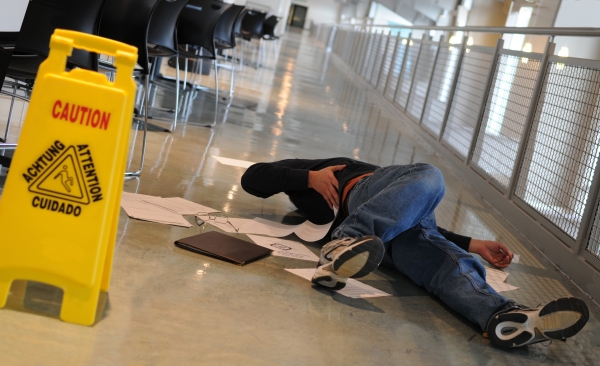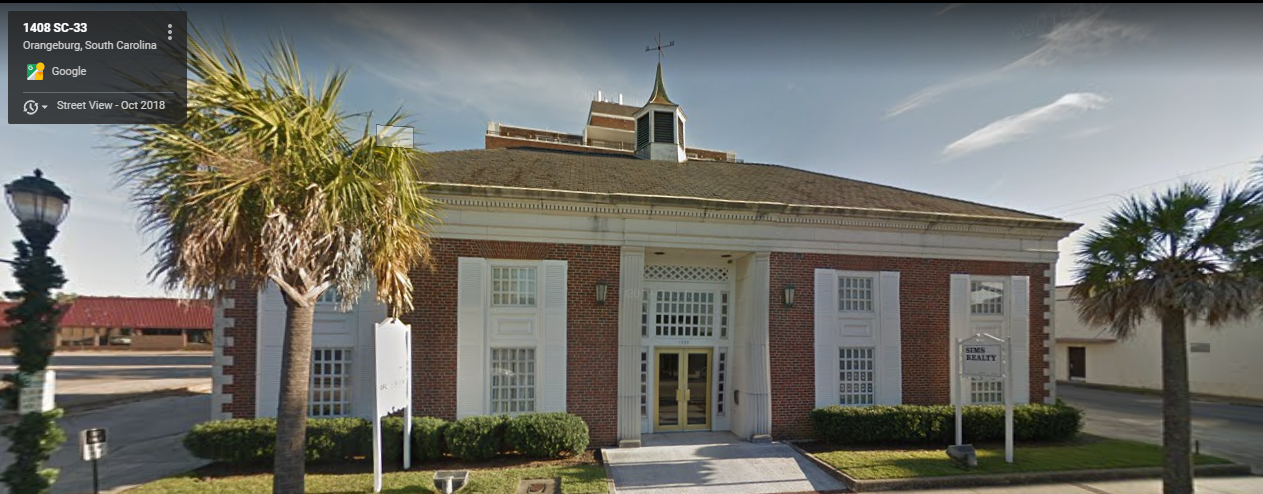In many years past in South Carolina, for a plaintiff to bring a personal injury negligence case a defendant, the plaintiff could not have contributed to the accident. This is called "contributory negligence", and was previously a complete bar to a plaintiff bringing suit if the plaintiff was negligent in any manner, despite the level of negligence of the defendant. Some states have maintained this bar to bringing a suit, but South Carolina has partially followed what many states use with "comparative negligence". Under comparative negligence, a Plaintiff who has some level of negligence can still bring a suit as long he can show damages and the Defendant has a level of negligence. South Carolina uses a modified comparative negligence.
In South Carolina, a Plaintiff with damages and some negligence can bring a suit against a Defendant with a caveat. In South Carolina under modified comparative negligence, the Plaintiff must show the Defendant's negligence was at least 50% the proximate cause of the accident. This means the Plaintiff could be up to 50% negligent as the proximate cause of the accident and yet still sue. If a Defendant is found a certain percentage at fault, they will be responsible for that percent of the damages. Therefore, if the Plaintiff's damages were determined to be $20,000 and the Defendant 50% at fault, the Defendant would owe half of the damages or $10,000.
The comparative negligence can bring unique cases. In one car wreck case I tried as defense counsel for a Defendant, we counter-claimed against the Plaintiff claiming he was at fault. The jury held both sides 50% at fault, and therefore each side owed the other side 50% of the damages determined for each. In this case, the jury held the respective damages to be the exact same amount. Therefore, each side owed the other side the exact same amount! This was a victory for me, as I had been retained to defend my client and the end result was my client (actually client's insurance company) owed nothing.
In many cases, the percentage of fault will be well beyond 50%. The principle remains the same of the Defendant owing the percentage of fault times the total damages. If Defendant was determined to have caused $10,000 of damages and 90% at fault, then the Defendant would have to satisfy a $9,000 verdict. This percentage of fault is used with insurance companies evaluating settlements. The lawyer will have to drop below full damages if his Plaintiff client was determined negligent in some percentage.

 Orangeburg Attorney Bill Connor received his Bachelor of Arts from The Citadel in 1990, and after serving for over a decade as an Infantry Officer in the U.S. Army, including three deployments to the Middle East, he received his Juris Doctorate from The University of South Carolina in 2005. In 2012, Bill was honored to receive an AV® Preeminent™ Peer Review Rating by Martindale-Hubbell®, the top peer rating for American lawyers. Receiving this rating at such an early point in his career is unheard of among lawyers.
Orangeburg Attorney Bill Connor received his Bachelor of Arts from The Citadel in 1990, and after serving for over a decade as an Infantry Officer in the U.S. Army, including three deployments to the Middle East, he received his Juris Doctorate from The University of South Carolina in 2005. In 2012, Bill was honored to receive an AV® Preeminent™ Peer Review Rating by Martindale-Hubbell®, the top peer rating for American lawyers. Receiving this rating at such an early point in his career is unheard of among lawyers.






